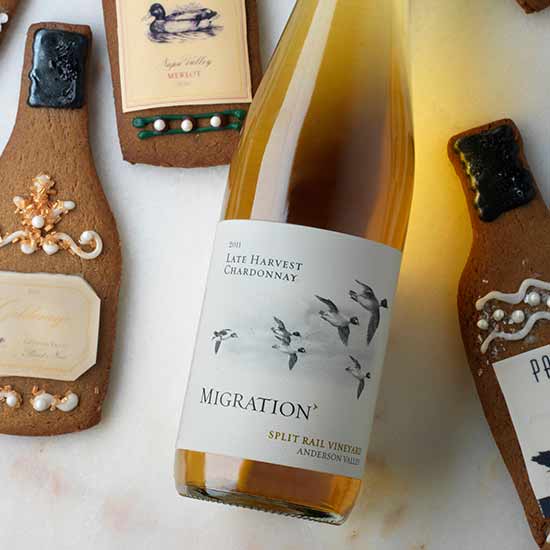Duckhorn Portfolio Wine Blog
Posts written by Neil Bernardi, Vice President of Winemaking and many special guest bloggers. This collection of insights on winemaking, farming, entertaining and more is a great way to learn about the excitement of winery life and tips for enjoying the wines we produce.
Budbreak
We’re starting to hear reports of budbreak in some of the earliest varieties and areas in the North Coast. The warm weather we’ve experienced through February has definitely helped to push this along. Budbreak is extremely exciting as it signals the transition from the dormant season to the growing season. Once there is green plant tissue in the field, all sorts of activities begin to take place. The Farming Team will begin cultivation, which removes the cover crop and preserves soil moisture for the grape vines. We will also begin shoot thinning soon, during which we remove any extra shoots that will not bear fruit. Very soon we will also be able to get a look at how many clusters are on each shoot and thus get an idea of the overall crop size. There is a long way to go from here to harvest, but from this point on, every day counts!
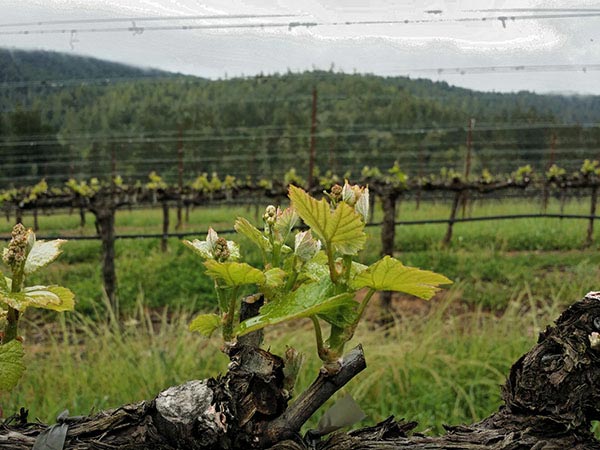
The Final Cut – Barrel Selection
This is the time of year when the winemaker focuses on finalizing blends from prior vintages. This involves endless tasting, mixing, spreadsheets, and excitement about the emerging wines. It takes quite a bit of work to take one’s various barrel lots and put together a seamless and balanced blend that represents the best of what a particular vineyard could do in a certain vintage. This is especially true up at Goldeneye, our Anderson Valley winery, where we have the ability to ferment and age so many different vineyard blocks separately. It is true that it creates quite a bit of complexity, but it gives our winemaking team the ability to make incredibly fine blending calls. This complexity oftens means that Michael Fay and Michael Accurso, our Goldeneye winemaker and assistant winemaker, respectively, will taste many iterations of each potential vineyard designated blend, each with minute volume differences but impactful flavor differences in blend.
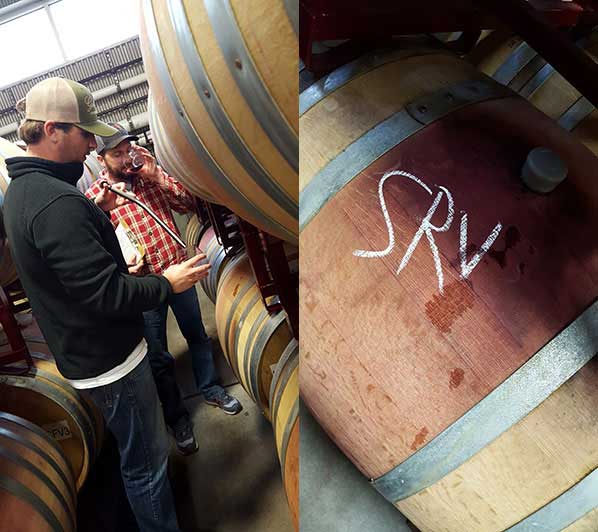
When all this work is done, and each vineyard designate blend is complete, the final phase of selection is to taste individual barrels from each blend component, to make sure that they are the best for the blend. It is amazing to me that one can taste very significant differences between wines aged in the ‘same’ new French oak barrel, meaning from the same cooper, with oak from the same forest or grain tightness, and with the same toast level. Once the final barrels are selected, they are racked into tank and blended!
Pruning and Farmworkers
We’re currently experiencing the first really pleasant weather of the year – all the more pleasant knowing that we have received above-average rainfall, and are likely to receive more in the near future. These breaks in the weather let us get important work in the field done, which as I mentioned in a previous post, is primarily pruning this time of the year. This morning I had the distinct pleasure of being a judge in the 15th annual Napa Valley Grapegrowers Pruning Contest, held at a vineyard in Yountville just down the street from our Paraduxx Winery. It is only fitting that we have a contest which rewards the best pruners in the valley as this is such an important cultural activity, and one that many of our Farmworkers take pride in.
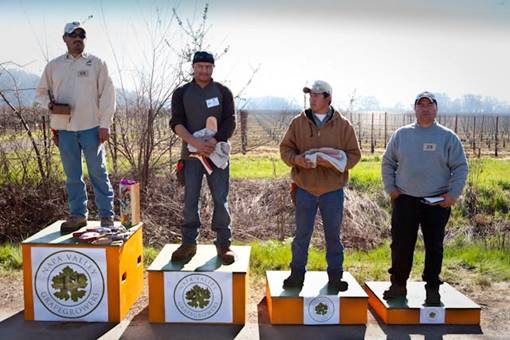
To prune quickly is one thing, and to prune well another – to prune well and at a fast pace is the ultimate, and takes many years of practice. Especially here in the North Coast, where quality is king, the experience and skills of our Farmworkers is an integral part of the winemaking process. We have the luxury of a very experienced Estate Vineyard Team that works on the Duckhorn Vineyards in Napa, many of whom have been with us for at least eight to ten years. In this time, they’ve gained a valuable understanding of our vineyards and individual blocks and know exactly how to sculpt the plant. Pruning is an art, and the Farmworkers in the North Coast are very talented artists.
Here's a video clip demonstrating the pruning process:
Migration Release Preview
I had the great pleasure yesterday of tasting through the new 2014 vintage Migration wines with winemaker Bo Felton. The intent was to get a sense of how they had progressed since bottling in August, and to assess their readiness for release this spring. While still youthful, the wines were remarkable, and promise to be some of the most elegant expressions of our designated vineyards yet produced. While tasting, a few things were notable, primarily the ability of great vineyards to maintain their special characteristics from year to year, despite very different growing conditions. Our Charles Heintz 2014 bottling has that signature Heintz character, as it has since we started working with Charlie’s fruit in 2009. It was also exciting to see some of the newer vineyard designates like the Bien Nacido Chardonnay in the lineup and see that they can definitely hold their own in a very good grouping. That they were all unique, yet well-crafted expressions of great sites is a testament to Bo’s winemaking technique and philosophy.
Oftentimes the best thing a winemaker can do is nothing at all, and it takes restraint, respect, and maturity to allow great sites to express themselves. These wines have a purity and transparency that I find admirable, delicious, and illustrate his respectful approach to wine.
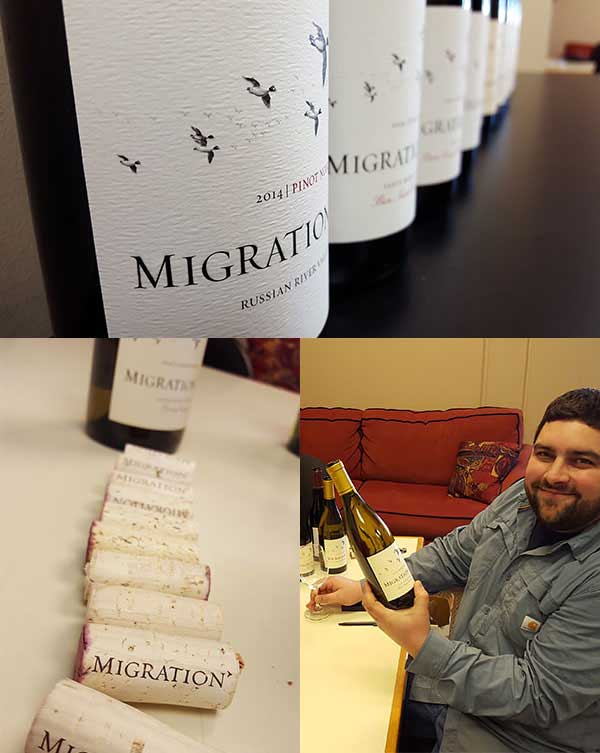
Remarkable Vineyards
It is one of the great pleasures of being in the wine business that we get to spend time in some of the most beautiful places in the world. I wanted to augment PJ’s great post about pruning with a couple of pictures, taken over the last few weeks, of some of the more remarkable vineyards visited. The first is of our Longwinds vineyard in Washington, which is on its second leaf, pictured here under the watchful eye of our Canvasback winemaker Brian Rudin.

It is strange for a California winemaker to walk through a vineyard with snow on the ground, but it is another one of the many fascinating facets of growing grapes on Red Mountain.
The second is a panoramic shot taken of a portion Napa Valley from the Silverado Trail. I think it is notable because it captures a rare break in the near constant storm action we have seen since Thanksgiving. After 4 years of drought, I think we are all thankful for the rain, despite the many consecutive dreary days.

Post Harvest
Once the hustle and bustle of harvest has past, and the wines are put to bed to begin aging in barrel, our winemaking team begins to turn its attention to the previous vintage and next part of the cycle: blending and bottling. This is one of my favorite parts of the cycle, though to some extent we are always blending and tasting something in the cellar. This is a fascinating, gratifying, and sometimes nerve racking process of assessing the wines in your cellar, and using trial and error to find the right blend. It takes a lot of time and energy to get a sense of each wine, oftentimes requiring many tastings. Additionally, the blending process is surprisingly non-linear, and it is hard to predict what combination of lots will make the best, most harmonious wine. For example, one would assume that putting the two best lots in the cellar would make an incredible blend. In reality, it is not always so, and the complexity of the wine matrix, with all the subtle combinations of tannin, anthocyanin, and acidity, makes trial and error a necessity. Taking consistent notes, tasting in a consistent manner, and having a trained group of tasters are all key elements of the tasting and blending process. Each of the winemakers hone each blend until it is ready to present to the larger team. Since the first vintage of Duckhorn in 1978, it has been our custom to present the final blend options to the larger group of winemakers, garnering valuable perspective and feedback on each wine, as well as giving the team a vision of what is to come. Pictured below is the team tasting through potential 2014 Canvasback blends, which is especially fascinating for California winemakers learning about a new region.
At Duckhorn Wine Company, I am convinced we have a truly unique team dynamic. Each of our brands has a dedicated winemaker, each a specialist in her or his field, with extensive experience in the world of wine. In addition, these are all folks who love their craft. As a result, we have some pretty incisive, yet wide ranging discussions on the finer points of winemaking, style concepts, blending, etc. I feel lucky to be a part of such a dynamic team, and feel like I learn something every time we get together.
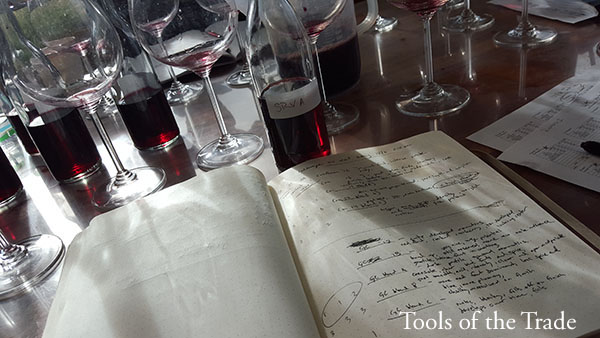 |
|
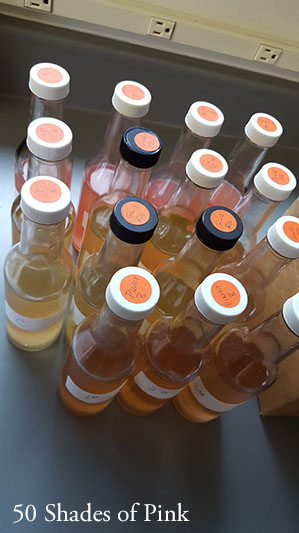 |
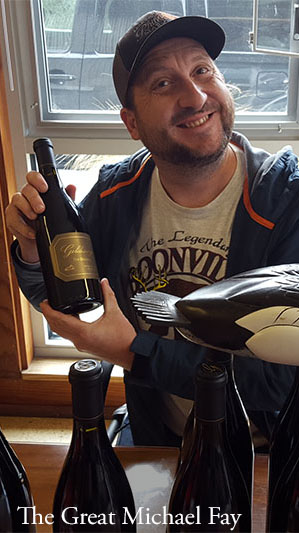 |
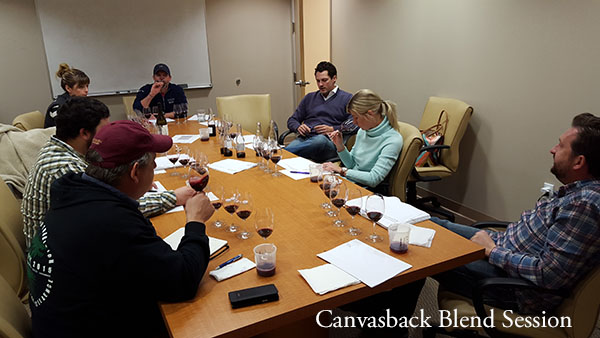 |
|
The 2016 Growing Season
After a very successful 2015 vintage, we are ready to focus on the next challenge: the 2016 growing season. While the winery still has lots of barrel work and blending to do, in the vineyard, it’s time to start growing the grapes that will be make up the next vintage. There is roughly three months before the vines themselves start growing new tissue, but there is lots of work to get done before that happens. The primary activity at this time, and arguably the most important cultural activity of the year, is pruning. This is the process through which we select which parts of the vine to remove, and which to keep so that they may grow and ripen the crop. This selection is critical – done well, it can improve quality and make everything easier through the year. If done poorly, it may require us to return to fix mistakes and can potentially reduce the ultimate quality of the wine. Luckily, we have an excellent, seasoned vineyard team that has been pruning our vineyards for years. They know exactly which cuts to make, and they know pruning for what it is – an art form. Sculpting the vine, removing the old wood, and making cuts that will influence how the vine grows for the next three years is a heady exercise, one which the team completes gracefully and with ease. Personally, the most enjoyable time out of the whole year to walk through a block is just after it has been pruned. It is possible to see the promise of the upcoming vintage in the fresh cuts, and that is a very exciting feeling.
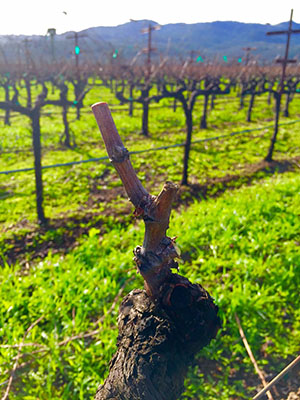 |
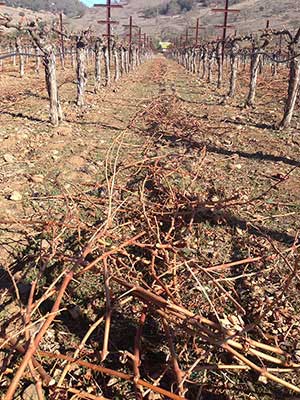 |
Beard Competition Update
A quick update for those of you out there anxiously awaiting the final results of the beard growing competition, noted on this blog during harvest. The contestants were judged at our annual harvest party by the entire company, the person receiving the largest applause to be crowned champion. Though there was great applause for all three, Joe Uhr, wearing white in the photo below, took the prize. Congrats Joe!
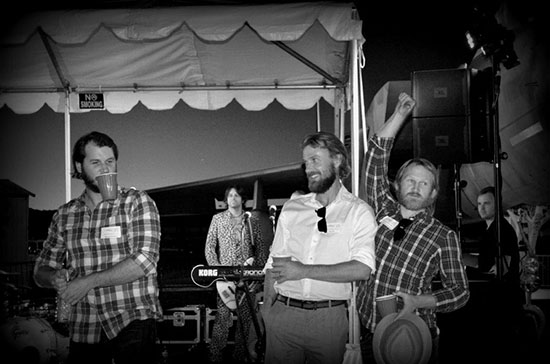
El Niño in Wine Country
Happy New Year! The long-awaited El Niño has made an appearance, to the relief of most people that live West of the Rockies. One of the many glorious things about El Niño years is how Mother Nature deliveries the moisture to California. Rather than large, and potentially damaging superstorms, California generally receives a fairly steady stream of small storms. These storms deliver relatively tiny amounts of rain, but they become significant when taken in aggregate. One inch of rain here, two inches there, another inch there, and before you know it, the soil profile and the ponds are full! This week is a really good example of this phenomenon. We will see steady rainfall throughout this week, and that’s great news for all involved. To date, we have received almost 15” of rain up in Anderson Valley and more than 8” in Napa Valley. We have a long way to go to dig us out of the drought of the last four years, but what a great start to 2016!
The Last Pairing of 2015!
I am not usually a pairing guy. This is in part because as winemakers we are always looking for the unadorned truth of wine, to get a sense of its flaws and beauty, as we steward it towards completion. Food combinations, while lovely and delicious, can obscure the wines nature. I recognize that I am probably missing out on a lot of deliciousness and should probably just enjoy wine and food for what they are. That is harder said than done, and is perhaps the downside of making your passion your profession. However, every once in a while I taste a food and wine combination that is so startlingly good, so mind numbingly delicious that the light goes on and I get what pairing is all about. Just such a thing happened the other night, as my family and I gathered for our Christmas dinner. The main courses had been served (which were delicious Mom!), the kids had scurried away to play with toys, and the adults were left at the table to chat and feel stuffed. I opened a bottle of the 2011 Migration Split Rail Late Harvest Chardonnay, which is now becoming a thing of beauty as it ages, and my mom served roasted chestnuts. We cracked them directly on the table, making a mess in the process, and the smell of the toasted, delicious nuts filled the room. The combination of the sweet, dried apricot botrysized Split Rail and the warm nuttiness of the chestnuts was remarkable.
Thanks to everyone on the Duckhorn team for a remarkable 2015, and a Happy New Year to all!
